Archives
- By thread 5360
-
By date
- June 2021 10
- July 2021 6
- August 2021 20
- September 2021 21
- October 2021 48
- November 2021 40
- December 2021 23
- January 2022 46
- February 2022 80
- March 2022 109
- April 2022 100
- May 2022 97
- June 2022 105
- July 2022 82
- August 2022 95
- September 2022 103
- October 2022 117
- November 2022 115
- December 2022 102
- January 2023 88
- February 2023 90
- March 2023 116
- April 2023 97
- May 2023 159
- June 2023 145
- July 2023 120
- August 2023 90
- September 2023 102
- October 2023 106
- November 2023 100
- December 2023 74
- January 2024 75
- February 2024 75
- March 2024 78
- April 2024 74
- May 2024 108
- June 2024 98
- July 2024 116
- August 2024 134
- September 2024 130
- October 2024 141
- November 2024 171
- December 2024 115
- January 2025 216
- February 2025 140
- March 2025 220
- April 2025 233
- May 2025 239
- June 2025 303
- July 2025 173
-
6 More Microservices Interview Questions
6 More Microservices Interview Questions
In this issue, we continue our exploration of microservices interview questions. We will cover the following topics: What is an API Gateway? What are the differences between REST and RPC? What is a configuration manager? What are common microservices fault tolerance approaches? Forwarded this email? Subscribe here for moreLatest articles
If you’re not a subscriber, here’s what you missed this month.
The 6 Most Impactful Ways Redis is Used in Production Systems
The Tech Promotion Algorithm: A Structured Guide to Moving Up
To receive all the full articles and support ByteByteGo, consider subscribing:
In this issue, we continue our exploration of microservices interview questions. We will cover the following topics:
What is an API Gateway?
What are the differences between REST and RPC?
What is a configuration manager?
What are common microservices fault tolerance approaches?
How do we manage distributed transactions?
How do we choose between monolithic and microservices architectures?
You can find more information on the definition of microservices and their basic components in our previous article.
We will now dive into the API gateway, an important request entry point in a microservices architecture.
1. What is API Gateway?
In a microservices architecture, an API gateway acts as a single entry point for client requests. The API gateway is responsible for request routing, composition, and protocol translation. It also provides additional features like authentication, authorization, caching, and rate limiting.
The diagram below shows the key steps:
Step 1: The client sends an HTTP request to the API gateway.
Step 2: The API gateway parses and validates the attributes in the HTTP request.
Step 3: The API gateway checks allow/deny lists.
Step 4: The API gateway authenticates and authorizes through an identity provider.
Step 5: Rate-limiting rules are applied. Requests over the limit are rejected.
Steps 6 and 7: The API gateway routes the request to the relevant backend service by path matching.
Step 8: The API gateway transforms the request into the appropriate protocol and forwards it to backend microservices.
Step 9: The API gateway handles any errors that may arise during request processing for graceful degradation of service.
Step 10: The API gateway implements resiliency patterns like circuit brakes to detect failures and prevent overloading interconnected services, avoiding cascading failures.
Step 11: The API gateway utilizes observability tools like the ELK stack (Elastic-Logstash-Kibana) for logging, monitoring, tracing, and debugging.
Step 12: The API gateway can optionally cache responses to common requests to improve responsiveness.
Besides request routing, the API gateway can also aggregate responses from microservices into a single response for the client.
The API gateway is different from a load balancer. While both handle network traffic, the API gateway operates at the application layer, mainly handling HTTP requests; the load balancer mostly operates at the transport layer, dealing with TCP/UDP protocols. The API gateway offers more functions as it sees the request payload.
The API gateway differs from a load balancer in that it typically operates at the application layer to handle HTTP requests and understand message payloads, while traditional load balancers work at the transport layer to handle TCP/UDP connections without looking at the application data.
However, the lines can blur between these two types of infrastructure. Some advanced load balancers are gaining application layer visibility and routing capabilities resembling API gateways.
But in general, API gateways focus on application-level concerns like security, routing, composition, and resilience based on the payload, while traditional load balancers map requests to backend servers mainly based on transport-level metadata like IP and port numbers.
We often have separate API gateways tailored for different clients and their user experience requirements. The diagram below shows a typical architecture. We have different API gateways to handle requests from mobile devices and web applications because they have unique requirements for user experiences. Additionally, we separate WebSocket API Gateway because it has different connection persistence and rate-limiting requirements compared to HTTP gateways.
Some recent API gateway trends:
GraphQL support. GraphQL is a type system and a query language for APIs. Many API gateways now offer integration with GraphQL.
Service Mesh integration. Service meshes like Istio and Linkerd are used to handle communications among microservices. API gateways are integrating with them to enhance traffic management capabilities.
AI integration. API gateways are integrating with AI capabilities to enable smarter request routing or anomaly detection in traffic patterns.
2. What Are the Differences Between REST and RPC?
REST (Representational State Transfer) and RPC (Remote Procedure Call) are two common architectural patterns used for communications in distributed systems. REST is used for client-server communications, and RPC is used for server-server communications, as illustrated in the diagram below.
Keep reading with a 7-day free trial
Subscribe to ByteByteGo Newsletter to keep reading this post and get 7 days of free access to the full post archives.
A subscription gets you:
An extra deep dive on Thursdays Full archive Many expense it with team's learning budget Like
Comment
Restack
© 2023 ByteByteGo
548 Market Street PMB 72296, San Francisco, CA 94104
Unsubscribe
by "ByteByteGo" <bytebytego@substack.com> - 11:39 - 21 Dec 2023 -
Top Reports of 2023
McKinsey&Company
At #1: The economic potential of generative AI: The next productivity frontier Brought to you by Liz Hilton Segel, chief client officer and managing partner, global industry practices, & Homayoun Hatami, managing partner, global client capabilities
As 2023 draws to a close, we’re revisiting our most popular reports of the year. Today, we give you our best-read reports, which focus on topics including tech trends, the state of organizations, and global private markets. At No. 1 is “The economic potential of generative AI: The next productivity frontier,” by McKinsey’s Michael Chui, Eric Hazan, Roger Roberts, Alex Singla, Kate Smaje, Alex Sukharevsky, Lareina Yee, and Rodney Zemmel. Read on for our full top 10, and don’t miss McKinsey Publishing’s 2023 highlights from our ‘Insights to Impact’ journey.
This email contains information about McKinsey's research, insights, services, or events. By opening our emails or clicking on links, you agree to our use of cookies and web tracking technology. For more information on how we use and protect your information, please review our privacy policy.
You received this email because you subscribed to our McKinsey Global Institute alert list.
Copyright © 2023 | McKinsey & Company, 3 World Trade Center, 175 Greenwich Street, New York, NY 10007
by "McKinsey Top Ten" <publishing@email.mckinsey.com> - 10:12 - 21 Dec 2023 -
When did you start holiday shopping? The gift-giving season is getting longer.
On Point
Why consumers are shopping earlier Brought to you by Liz Hilton Segel, chief client officer and managing partner, global industry practices, & Homayoun Hatami, managing partner, global client capabilities
•
Early Black Friday. US retailers slashed prices more deeply in October this year as they kicked off Black Friday sales weeks before the Thanksgiving holiday weekend, an analysis of more than one trillion e-commerce site visits revealed. Bigger discounts on appliances, clothing, and other merchandise prompted consumers to spend more online that month even as overall consumer spending declined. However, retailers could be training shoppers to expect constant markdowns, which could be problematic in the long run, a consumer behavior expert said. [CNBC]
•
Hunting for deals. US holiday shoppers in 2023 are buying smaller pack sizes, searching for lower prices, and shifting to private labels as they seek value, McKinsey partner Tamara Charm shares on an episode of the McKinsey on Consumer and Retail podcast. In search of the best prices, consumers are shopping both earlier and later in the year, resulting in a longer holiday season. But with the year feeling like “a continuous run of promotions,” retailers will have to do more to create a sense of urgency, partner Colleen Baum adds.
•
Dazzling consumers. Many US consumers are becoming more selective about what they buy, so brands must consider how to inspire consumers this holiday season, Charm explains. Sharing videos on social media that show families how to make holiday crafts can give consumers a reason to spend. Although most US consumers want to trade down, around a third of them also say that they want to splurge, McKinsey’s ConsumerWise research shows. Listen to the full podcast episode to learn what consumers expect this holiday season.
— Edited by Belinda Yu, editor, Atlanta
This email contains information about McKinsey's research, insights, services, or events. By opening our emails or clicking on links, you agree to our use of cookies and web tracking technology. For more information on how we use and protect your information, please review our privacy policy.
You received this email because you subscribed to the On Point newsletter.
Copyright © 2023 | McKinsey & Company, 3 World Trade Center, 175 Greenwich Street, New York, NY 10007
by "McKinsey On Point" <publishing@email.mckinsey.com> - 01:24 - 21 Dec 2023 -
What’s on the minds of European consumers?
On Point
Our latest ConsumerWise research Brought to you by Liz Hilton Segel, chief client officer and managing partner, global industry practices, & Homayoun Hatami, managing partner, global client capabilities
•
Better protections. European consumers will pay more for services if companies provide gig economy workers with more comprehensive social protections, but the price increases won’t destroy companies’ corporate models, a senior official contends. Rideshare and delivery prices may rise by as much as 40% if platform workers receive benefits such as sick leave, according to government estimates. One ride-hailing company leader has said that the price hikes may lead to service being eliminated in hundreds of locations throughout Europe. [FT]
•
Mixed feelings. In the third quarter of 2023, European consumer confidence held steady, while mixed feelings about the economy grew, McKinsey senior partner Jessica Moulton and coauthors reveal. This came after a significant increase in optimism in the preceding quarter. Price stabilization and a continuing economic recovery helped maintain optimism. Germany experienced a slight decline in consumer confidence, while Spanish consumers expressed increasing confidence. Inflation remained the top concern for two-thirds of consumers.
•
Health and environmental factors. Across apparel, food, household supplies, and personal care, about half of European consumers ranked a variety of health and environmental factors—such as whether a product is recyclable—as important to them when making a purchase. The absence of artificial ingredients, particularly in food and personal-care products, was also an important consideration. Explore our latest ConsumerWise research in France, Germany, Italy, Spain, and the UK for a snapshot of the European consumer.
— Edited by Belinda Yu, editor, Atlanta
This email contains information about McKinsey's research, insights, services, or events. By opening our emails or clicking on links, you agree to our use of cookies and web tracking technology. For more information on how we use and protect your information, please review our privacy policy.
You received this email because you subscribed to the On Point newsletter.
Copyright © 2023 | McKinsey & Company, 3 World Trade Center, 175 Greenwich Street, New York, NY 10007
by "McKinsey On Point" <publishing@email.mckinsey.com> - 01:30 - 20 Dec 2023 -
Dive deeper: Highlights from 2023
Five Fifty
Get your briefing
Mindsets for success: Lessons from top CEOs
During times of change, successful bosses adapt and exhibit service-minded leadership. Leaders at all levels should take note.
Digital and AI transformation’s new playbook
Chatbots, cloud computing, generative AI—a company’s digital transformation has never been more paramount. Are you rewired to win?
The Gen Z equation
Generation Z is coming into its own. Savvy companies will consider what differentiates these 13- to 27-year-olds—in the workplace and as consumers.
Employee development: A skills-based approach
Organizations that focus on employee development generate benefits for all. Tech-enabled capability building and skills-based hiring are great places to start.
Food plight
Disruptions to the world’s food system are deepening the global food crisis. Efforts by the grocery industry and consumers can help prevent a worsening scenario.
We’ll see you in the new year! And if you’re looking to spread some extra holiday cheer, forward this email to a friend or colleague so they can subscribe to the Five Fifty for free on McKinsey.com.Share these insights
Did you enjoy this newsletter? Forward it to colleagues and friends so they can subscribe too. Was this issue forwarded to you? Sign up for it and sample our 40+ other free email subscriptions here.
This email contains information about McKinsey’s research, insights, services, or events. By opening our emails or clicking on links, you agree to our use of cookies and web tracking technology. For more information on how we use and protect your information, please review our privacy policy.
You received this email because you subscribed to our McKinsey Quarterly Five Fifty alert list.
Copyright © 2023 | McKinsey & Company, 3 World Trade Center, 175 Greenwich Street, New York, NY 10007
by "McKinsey Quarterly Five Fifty" <publishing@email.mckinsey.com> - 02:54 - 19 Dec 2023 -
APM for AI is here—Get early access now
New Relic
 December 2023
December 2023Introducing New Relic AI monitoring: Industry's first APM for AI New Relic AI monitoring (AIM) is the industry’s first end-to-end APM solution that brings the power of observability to the entire AI stack enabling teams to build and run AI applications with confidence. Now engineers will have full visibility into all components of their AI stack to easily monitor, debug, and improve their applications for performance, quality, and cost.
Get Early Access
With New Relic AI monitoring you can:
- Debug faster with complete visibility: End-to-end visibility of your entire AI application stack, from application to infrastructure to the AI layer to spot and fix problems.
- Ensure AI app performance, quality, and cost: Follow the lifecycle of LLM prompts and responses to optimize for latency, quality, and cost of AI applications.
- Choose the right model for your app: Track usage, performance, quality, and cost across all models in a single view to choose the right model for your needs and optimize costs.
- Instantly monitor any AI ecosystem: With 50+ integrations and counting for popular LLMs, vector data stores, and more, AIM is the one-stop shop for monitoring your AI applications.
Learn more  BHOOST implements New Relic free tier for ecommerce observability, quickly identifying bottlenecks and streamlining the troubleshooting process.
BHOOST implements New Relic free tier for ecommerce observability, quickly identifying bottlenecks and streamlining the troubleshooting process.
Read more
See the right data in the right view in fewer clicks. Click on time series charts from anywhere in New Relic to go directly to associated entities as well as their traces and logs—so you can explore your data in context and troubleshoot faster.Useful Reads Unraveling frontend glitches is much like decoding a mystery—each click, each user interaction can hold a clue. But what if you could play detective in the most immersive way possible? Enter New Relic Session Replay, the tool that places you right into the heart of user experiences, letting you witness and dissect issues in real-time.
Unraveling frontend glitches is much like decoding a mystery—each click, each user interaction can hold a clue. But what if you could play detective in the most immersive way possible? Enter New Relic Session Replay, the tool that places you right into the heart of user experiences, letting you witness and dissect issues in real-time.
End-of-Life Announcements
-
The Prometheus OpenMetrics integration (POMI) for Kubernetes will be replaced with the new Prometheus agent, which brings significant improvements like support for big clusters, ease of use, and the versatility to control the data ingested.
- Migrate from the Prometheus OpenMetrics integration | New Relic Documentation
Need help? Let's get in touch.



This email is sent from an account used for sending messages only. Please do not reply to this email to contact us—we will not get your response.
This email was sent to info@learn.odoo.com Update your email preferences.
For information about our privacy practices, see our Privacy Policy.
Need to contact New Relic? You can chat or call us at +44 20 3859 9190.
Strand Bridge House, 138-142 Strand, London WC2R 1HH
© 2023 New Relic, Inc. All rights reserved. New Relic logo are trademarks of New Relic, Inc
Global unsubscribe page.
by "New Relic" <emeamaketing@newrelic.com> - 05:26 - 19 Dec 2023 -
For fashion industry leaders, what ten themes will matter most in 2024?
On Point
The State of Fashion 2024 Brought to you by Liz Hilton Segel, chief client officer and managing partner, global industry practices, & Homayoun Hatami, managing partner, global client capabilities
•
Luxury vintage finds. A $34,500 designer clutch, a $3,000 pair of classic jeans, a $775 leather hat: a high-end vintage store that two friends opened in the 1990s has become known for carrying one-of-a-kind pieces. The company’s West Broadway outpost is often frequented by celebrities, stylists, and VIPs. That wasn’t the case 30 years ago, when fashionable people tended to snub secondhand stores, the store’s cofounder said. As the pre-owned luxury market has since taken off, the company now competes with big e-commerce platforms. [NYT]
•
Slower growth. The fashion industry faced persistent and deepening challenges in 2023. Growth was slow throughout the year in Europe and the US, and China’s initially strong performance faded in the second half of 2023. Although the luxury segment initially fared well, it too began to feel the effects of weaker demand in the latter part of the year, McKinsey senior partner Gemma D’Auria and coauthors share. According to McKinsey’s analysis of fashion forecasts, the global industry will post top-line growth of 2 to 4% in 2024.
— Edited by Belinda Yu, editor, Atlanta
This email contains information about McKinsey's research, insights, services, or events. By opening our emails or clicking on links, you agree to our use of cookies and web tracking technology. For more information on how we use and protect your information, please review our privacy policy.
You received this email because you subscribed to the On Point newsletter.
Copyright © 2023 | McKinsey & Company, 3 World Trade Center, 175 Greenwich Street, New York, NY 10007
by "McKinsey On Point" <publishing@email.mckinsey.com> - 01:06 - 19 Dec 2023 -
Track and Manage Waste Collecting Fleets with Advanced Waste Management Software - SmartWaste.
Track and Manage Waste Collecting Fleets with Advanced Waste Management Software - SmartWaste.
Grow sustainable waste collection businesses with SmartWaste Software.Plan optimum waste collection and disposal routes to maximize productivity.
Benefits
Grow sustainable waste collection businesses with SmartWaste Software.

Uffizio Technologies Pvt. Ltd., 4th Floor, Metropolis, Opp. S.T Workshop, Valsad, Gujarat, 396001, India
by "Sunny Thakur" <sunny.thakur@uffizio.com> - 07:03 - 18 Dec 2023 -
The changing face of globalization: A leader’s guide
The ties that bind Brought to you by Liz Hilton Segel, chief client officer and managing partner, global industry practices, & Homayoun Hatami, managing partner, global client capabilities
In a time of near-constant disruption and tension, the urge to disconnect seems tempting. But people, companies, and societies are deeply interdependent. Even as the norms of and attitudes toward globalization continue to evolve, globalization isn’t going away; it just needs to be considered with fresh eyes. As a new year approaches, it may be a good time to ponder a new way of thinking about our interconnected world and how business leaders can enable global cooperation to benefit both their companies and the world at large.
For four decades, the world economy has grown tremendously from the cross-border movement of trade, services, capital, people, data, and ideas: in other words, “globalization.” And for much of this time, multinationals have led the way in breaking through geographic and economic borders—benefiting greatly in the process. But “some analysts are now calling this paradigm into question,” say McKinsey’s Michael Birshan, Joe Ngai, Jeongmin Seong, and Olivia White. Cooperation has plateaued amid geopolitical conflict, supply chain disruption, and the broader discussion of who is benefiting (and who isn’t) from trends in trade. The challenge for leaders seems daunting, but the implications can’t be ignored. To deliver business value and enable future collaboration, the authors suggest three ways forward: raising the geopolitical fluency of leadership teams, rigorously assessing the interconnectedness between their businesses and the broader world (and the related risks), and diversifying organizations’ exposure to those risks.
That’s the minimum percentage of important resources or manufactured goods that every region in the world imports. “No region is self-sufficient,” say the authors of a McKinsey Global Institute report on global trade flows. Indeed, in many cases, this percentage is much higher. For example, while the Middle East and North Africa region is the largest net exporter of energy resources, it depends on other regions for more than 60 percent of its key food crops.
That’s from McKinsey’s Andrew Grant, Ziad Haider, and Jean-Christophe Mieszala, who propose six ways to address the geopolitical risks that are shaping (and reshaping) globalization’s current state. One of these ways is building organizational resilience. Leaders can create organizational resilience through inclusive governance structures and open and honest dialogues with their people—by acknowledging the effect of global stresses on individuals, empowering colleagues to speak up, and creating a common sense of purpose. The McKinsey authors suggest that organizations “consider a range of targeted initiatives to promote connectivity and cohesion, from rotating colleagues in and out of geopolitically sensitive markets to sharing views.”
One of globalization’s most maligned effects is the movement of jobs across borders, typically away from more expensive labor markets, such as the United States. But in many US industries, entrepreneurs and creators have been rewriting these rules—and, in some cases, reconnecting with their roots. Case in point: the jewelry start-up scene in Rhode Island, a hub of the US jewelry-making industry for centuries. As the industry shifted largely offshore in the past 50 years, jobs in Rhode Island’s jewelry industry took a massive hit. But a new wave of local designers are setting up factories near Providence, the state’s capital. “There’s an established jewelry ecosystem here,” said one business owner. “We can source all our components within a few-mile radius.” Indeed, McKinsey’s Achim Berg, Alexander Thiel, and coauthors have reported a “sustainability surge” in the fine-jewelry market, as sustainable practices—including the length of companies’ supply chains—become more top of mind for jewelry consumers.
Lead by reconnecting the dots.
— Edited by Daniella Seiler, executive editor, Washington, DC
Share these insights
Did you enjoy this newsletter? Forward it to colleagues and friends so they can subscribe too. Was this issue forwarded to you? Sign up for it and sample our 40+ other free email subscriptions here.
This email contains information about McKinsey’s research, insights, services, or events. By opening our emails or clicking on links, you agree to our use of cookies and web tracking technology. For more information on how we use and protect your information, please review our privacy policy.
You received this email because you subscribed to the Leading Off newsletter.
Copyright © 2023 | McKinsey & Company, 3 World Trade Center, 175 Greenwich Street, New York, NY 10007
by "McKinsey Leading Off" <publishing@email.mckinsey.com> - 04:17 - 18 Dec 2023 -
What are leading companies doing to grow and innovate?
On Point
What sets “innovative growers” apart Brought to you by Liz Hilton Segel, chief client officer and managing partner, global industry practices, & Homayoun Hatami, managing partner, global client capabilities
•
Partners in innovation. As technologies continue to advance rapidly, CIOs can no longer rely solely on internal IT teams to solve all of an enterprise’s problems. Successful digital leaders are developing a variety of business partnerships, including with external vendors and start-ups, to generate innovative solutions. One global beverage company, for instance, is working with a tech company to stop its factories from experiencing water leaks. Through an AI-based system, the company is able to reduce its annual water consumption by 25%. [CIO]
•
Innovative growers. In an era of endless disruption, innovation remains a must-have, not just a nice-to-have, McKinsey partner Rebecca Doherty and coauthors explain. To learn what role innovation plays in growth and vice versa, we analyzed about 650 of the largest public companies that achieved profitable growth relative to their industry between 2016 and 2021 while also excelling in innovation. While some of these companies outgrew their peers, and others were more innovative than competitors, 53 “innovative growers” managed to do both.
— Edited by Belinda Yu, editor, Atlanta
This email contains information about McKinsey's research, insights, services, or events. By opening our emails or clicking on links, you agree to our use of cookies and web tracking technology. For more information on how we use and protect your information, please review our privacy policy.
You received this email because you subscribed to the On Point newsletter.
Copyright © 2023 | McKinsey & Company, 3 World Trade Center, 175 Greenwich Street, New York, NY 10007
by "McKinsey On Point" <publishing@email.mckinsey.com> - 01:12 - 18 Dec 2023 -
Intel's AI Everywhere Launch Event Took Over Times Square
Intel's AI Everywhere Launch Event Took Over Times Square
Intel to release new cutting-edge AI technologies


AI Everywhere
Launch Event
Watch the launch event playback 


AI represents a generational shift in computing that is giving rise to a new era of economic expansion. We invite you to witness the unveiling of Intel’s next-gen AI technologies in our special launch event.
Watch the keynote by Intel CEO Pat Gelsinger and other Intel leaders as they share insights about the new 5th Gen Intel® Xeon® processors and Intel® Core™ Ultra processors - which are set to usher in the age of AI PC and accelerate AI in data centers, the cloud, and edge computing, truly bringing ‘AI Everywhere’.
Be a part of this historic journey with us.Watch the launch event playback 
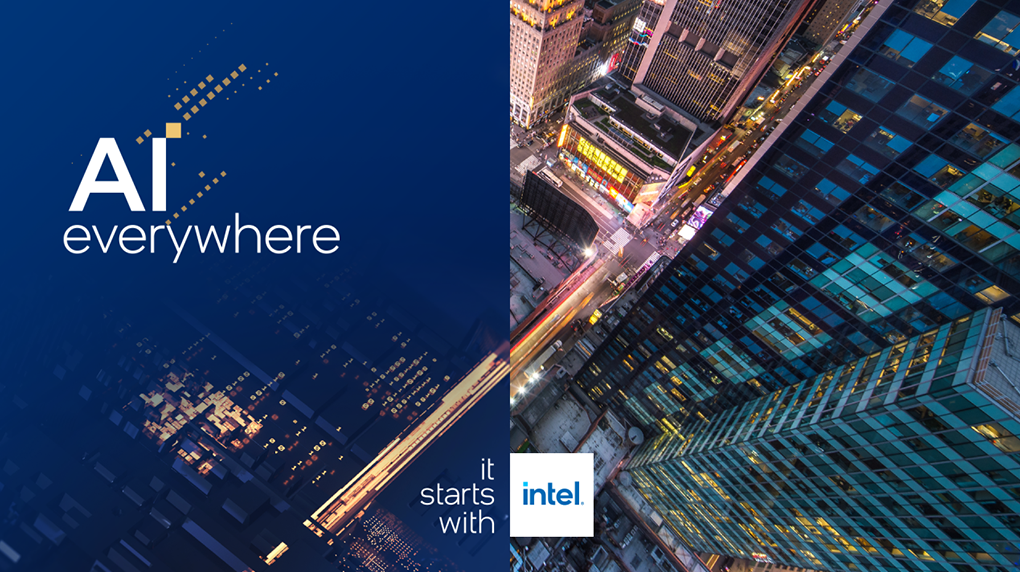
If you forward this email, your contact information will appear in any auto-populated form connected to links in this email.
This was sent to info@learn.odoo.com because you are subscribed to Industry Solutions. To view and manage your marketing-related email preferences with Intel, please click here.
© 2023 Intel Corporation
Intel Corporation, 2200 Mission College Blvd., M/S RNB4-145, Santa Clara, CA 95054 USA. www.intel.comPrivacy | Cookies | *Trademarks | Unsubscribe | Manage Preferences
by "Intel Corporation" <intel@plan.intel.com> - 09:02 - 17 Dec 2023 -
’Tis the season to be reading
Readers & Leaders
Plus, the power of resilience and innovation THIS MONTH’S PAGE-TURNERS ON BUSINESS AND BEYOND
This year marks the second anniversary of Readers & Leaders, your guide to the latest business books leaders are reading—or should be. To (book)mark the occasion, we’re looking back at the launches, bestsellers, and most-read interviews that shaped our 2023.
We produced 43 Author Talks interviews this year from conversations with 56 authors across a range of topics, including leadership, innovative thinking, and change management. Our top interview featured Robert Waldinger, director of the Harvard Study of Adult Development and coauthor of the book The Good Life: Lessons from the World’s Longest Scientific Study of Happiness, who shared insights on what helps people live longer, more fulfilling lives. Keep reading for the interviews that resonated most with our readers. But first, check out some highlights from the past month.IT BEARS REPEATING
IN CASE YOU MISSED IT
BOOKS ON THE BEACH
In July, McKinsey released its 2023 summer reading guide. The annual guide is created based on suggestions from leaders across the globe, as well as a curated list from our own colleagues and from major publications. We introduced readers to more than 70 selections in a classic amusement park backdrop that pairs entertainment and inspiration.
ON YOUR BOOKSHELF
In 2023, McKinsey launched two books to help leaders maximize their assets and build value.
Power to the Middle: Why Managers Hold the Keys to the Future of Work
McKinsey partners Bryan Hancock and Emily Field and senior partner emeritus Bill Schaninger highlight the critical role of the middle manager and share tips your organization can apply to avoid misusing its most valuable resource.
Rewired: The McKinsey Guide to Outcompeting in the Age of Digital and AI
Senior partners Eric Lamarre, Kate Smaje, and Rodney Zemmel create a playbook for business leaders seeking to undergo successful digital and AI transformations.TURN BACK THE PAGE
Ready to dive into our top-read Author Talks interviews of the year? Check these out:
1. The world’s longest study of adult development finds the key to happy living
2. How to speak confidently when you’re put on the spot
3. What does it mean to be a good middle manager?
4. In the ‘age of AI,’ what does it mean to be smart?
5. What is the key to unlocking digital transformation?
6. Why problem solving is the key to innovation
7. Am I making myself clear?
8. How to stay healthy no matter what
9. IBM’s Ginni Rometty on leading with ‘good power’
10. Scale your people, not just your companyTURN OVER A NEW LEAF
With the start of another year quickly approaching, New Year’s resolutions abound. Setting goals for this new chapter may be easier with insights from our top personal-development interview of 2023. Discovering how to live a happier, fuller life and adopting a mindset for success may be key to maintaining overall well-being.
BUSINESS BESTSELLERS TOP
8
Need more books to add to your reading list? Explore November’s business bestsellers, prepared exclusively for McKinsey by Circana. Check out the full selection on McKinsey on Books.
BUSINESS OVERALL
BUSINESS HARDCOVER
ECONOMICS
DECISION MAKING
ORGANIZATIONAL BEHAVIOR
WORKPLACE CULTURE
DIVERSITY & INCLUSION
SUSTAINABILITY
Net Positive: How Courageous Companies Thrive by Giving More Than They Take by Paul Polman and Andrew Winston (Two Rivers Distribution)
BOOKMARK THIS
If you’d like to propose a book or author for #McKAuthorTalks, please email us at Author_Talks@McKinsey.com. Due to the high volume of requests, we will respond only to those being considered.
— Edited by Emily Adeyanju, an editor in McKinsey’s Charlotte office
Share these insights
Did you enjoy this newsletter? Forward it to colleagues and friends so they can subscribe too.
Was this issue forwarded to you? Sign up for it and sample our 40+ other free email subscriptions here.
This email contains information about McKinsey's research, insights, services, or events. By opening our emails or clicking on links, you agree to our use of cookies and web tracking technology. For more information on how we use and protect your information, please review our privacy policy.
You received this email because you subscribed to the Readers & Leaders newsletter.
Copyright © 2023 | McKinsey & Company, 3 World Trade Center, 175 Greenwich Street, New York, NY 10007
by "McKinsey Readers & Leaders" <publishing@email.mckinsey.com> - 06:45 - 17 Dec 2023 -
The year’s most popular articles from McKinsey Global Institute
McKinsey&Company
At #1: Generative AI and the future of work in America Brought to you by Liz Hilton Segel, chief client officer and managing partner, global industry practices, & Homayoun Hatami, managing partner, global client capabilities
As 2023 draws to a close, we’re revisiting our most popular insights of the year. Today, we give you our best-read pieces from the McKinsey Global Institute, which focus on topics including the impact of the pandemic on real estate, transforming human capital into competitive advantage, and more. At No. 1 is “Generative AI and the future of work in America,” by McKinsey’s Kweilin Ellingrud, Saurabh Sanghvi, Anu Madgavkar, Michael Chui, Olivia White, and coauthors. Read on for our full top 10, and don’t miss McKinsey Publishing’s 2023 highlights from our ‘Insights to Impact’ journey.
Africa’s economy downshifted over the last decade, yet half of its people live in countries that have thrived on the continent. Africa has the human capital and natural resources to accelerate productivity and reimagine its economic growth, which is, more than ever, vital for the welfare of the world. Download the full report
This email contains information about McKinsey's research, insights, services, or events. By opening our emails or clicking on links, you agree to our use of cookies and web tracking technology. For more information on how we use and protect your information, please review our privacy policy.
You received this email because you subscribed to our McKinsey Global Institute alert list.
Copyright © 2023 | McKinsey & Company, 3 World Trade Center, 175 Greenwich Street, New York, NY 10007
by "McKinsey Top Ten" <publishing@email.mckinsey.com> - 06:43 - 16 Dec 2023 -
The week in charts
The Week in Charts
Travel loyalty programs, cloud platforms, and more Share these insights
Did you enjoy this newsletter? Forward it to colleagues and friends so they can subscribe too. Was this issue forwarded to you? Sign up for it and sample our 40+ other free email subscriptions here.
This email contains information about McKinsey's research, insights, services, or events. By opening our emails or clicking on links, you agree to our use of cookies and web tracking technology. For more information on how we use and protect your information, please review our privacy policy.
You received this email because you subscribed to The Week in Charts newsletter.
Copyright © 2023 | McKinsey & Company, 3 World Trade Center, 175 Greenwich Street, New York, NY 10007
by "McKinsey Week in Charts" <publishing@email.mckinsey.com> - 03:32 - 16 Dec 2023 -
Giving customers what they want requires getting personal
Know thy customer Brought to you by Liz Hilton Segel, chief client officer and managing partner, global industry practices, & Homayoun Hatami, managing partner, global client capabilities

Perfecting your approach to personalized marketing
You’ve come a long way, irrelevant pop-up ad. Once a ubiquitous (and always vexatious) interruption flogging some unwanted item, now you are a lean and mean marketing machine—sort of. While companies have gotten better at knowing their customers and what their customers want, today’s digital-savvy omnichannel shoppers demand ever closer attention. Marketers also need to know when customers want something (including before customers know they want it), where they want to hear about it, and how they want to get it—all in a seamless experience that’s direct yet nuanced. It’s no wonder that many companies’ personalized marketing efforts fall short.
Leaders in personalization are continually tweaking and testing their communication efforts with shoppers to strengthen customer loyalty and spur growth. Among their constellation of personalized-marketing efforts, successful companies study individual consumer habits to learn the best time to send a marketing message, explore cross-channel communication efforts to reach customers both online and offline, and use data from loyalty programs to help personalize product offers more effectively.
To help ensure that your targeted communications are reaching your consumers in ways they want, read our 2017 classic “What shoppers really want from personalized marketing,” from McKinsey senior partners Julien Boudet and Brian Gregg and coauthors.Get personal 


The value of getting personalization right—or wrong—is multiplying
Share these insights
Did you enjoy this newsletter? Forward it to colleagues and friends so they can subscribe too. Was this issue forwarded to you? Sign up for it and sample our 40+ other free email subscriptions here.
This email contains information about McKinsey's research, insights, services, or events. By opening our emails or clicking on links, you agree to our use of cookies and web tracking technology. For more information on how we use and protect your information, please review our privacy policy.
You received this email because you subscribed to our McKinsey Classics newsletter.
Copyright © 2023 | McKinsey & Company, 3 World Trade Center, 175 Greenwich Street, New York, NY 10007
by "McKinsey Classics" <publishing@email.mckinsey.com> - 12:20 - 16 Dec 2023 -
EP90: How do SQL Joins Work?
EP90: How do SQL Joins Work?
This week’ system design refresher: How Does Linux Boot Process Work? (Youtube video) How do SQL Joins Work? What are the differences between cookies and sessions? How do DevOps, NoOps change the software development lifecycle (SDLC)? Get paid to build full-stack Zero-Knowledge applications on Aleo (Sponsored Forwarded this email? Subscribe here for moreThis week’ system design refresher:
How Does Linux Boot Process Work? (Youtube video)
How do SQL Joins Work?
What are the differences between cookies and sessions?
How do DevOps, NoOps change the software development lifecycle (SDLC)?
Get paid to build full-stack Zero-Knowledge applications on Aleo (Sponsored)
Unlock the future of dApps with Aleo's Layer-1 blockchain, where zero-knowledge tech is baked in—not tacked on. Enjoy the best of both worlds: bulletproof privacy and scalable performance, no crypto PhD required. Our language, Leo, and web-friendly SDK make it a breeze to integrate.
Aleo has deployed over $1 Million in grants.
How Does Linux Boot Process Work?
How do SQL Joins Work?
The diagram below shows how 4 types of SQL joins work in detail.
INNER JOIN
Returns matching rows in both tables.LEFT JOIN
Returns all records from the left table, and the matching records from the right table.RIGHT JOIN
Returns all records from the right table, and the matching records from the left table.FULL OUTER JOIN
Returns all records where there is a match in either left or right table.
Latest articles
If you’re not a paid subscriber, here’s what you missed this month.
To receive all the full articles and support ByteByteGo, consider subscribing:
What are the differences between cookies and sessions?
The diagram below shows how they work.
Cookies and sessions are both used to carry user information over HTTP requests, including user login status, user permissions, etc.
Cookies
Cookies typically have size limits (4KB). They carry small pieces of information and are stored on the users’ devices. Cookies are sent with each subsequent user request. Users can choose to ban cookies in their browsers.Sessions
Unlike cookies, sessions are created and stored on the server side. There is usually a unique session ID generated on the server, which is attached to a specific user session. This session ID is returned to the client side in a cookie. Sessions can hold larger amounts of data. Since the session data is not directly accessed by the client, the session offers more security.
How do DevOps, NoOps change the software development lifecycle (SDLC)?
The diagram below compares traditional SDLC, DevOps and NoOps.
In a traditional software development, code, build, test, release and monitoring are siloed functions. Each stage works independently and hands over to the next stage.
DevOps, on the other hand, encourages continuous development and collaboration between developers and operations. This shortens the overall life cycle and provides continuous software delivery.
NoOps is a newer concept with the development of serverless computing. Since we can architect the system using FaaS (Function-as-a-Service) and BaaS (Backend-as-a-Service), the cloud service providers can take care of most operations tasks. The developers can focus on feature development and automate operations tasks.
NoOps is a pragmatic and effective methodology for startups or smaller-scale applications, which moves shortens the SDLC even more than DevOps.Like
Comment
Restack
© 2023 ByteByteGo
548 Market Street PMB 72296, San Francisco, CA 94104
Unsubscribe
by "ByteByteGo" <bytebytego@substack.com> - 11:36 - 16 Dec 2023 -
The year’s most popular articles from the McKinsey Quarterly
McKinsey&Company
At #1: Stepping up: Becoming a high-potential CEO candidate Brought to you by Liz Hilton Segel, chief client officer and managing partner, global industry practices, & Homayoun Hatami, managing partner, global client capabilities
As 2023 draws to a close, we’re revisiting our most popular insights of the year. Today, we give you our best-read pieces from the McKinsey Quarterly, which focus on topics including preparing for the CEO role, re-engaging workers, and more. At No. 1 is “Stepping up: Becoming a high-potential CEO candidate,” by McKinsey’s Carolyn Dewar, Scott Keller, Vikram Malhotra, and Kurt Strovink. Read on for our full top 10, and don’t miss McKinsey Publishing’s 2023 highlights from our ‘Insights to Impact’ journey.
This email contains information about McKinsey’s research, insights, services, or events. By opening our emails or clicking on links, you agree to our use of cookies and web tracking technology. For more information on how we use and protect your information, please review our privacy policy.
You received this email because you subscribed to our McKinsey Quarterly alert list.
Copyright © 2023 | McKinsey & Company, 3 World Trade Center, 175 Greenwich Street, New York, NY 10007
by "McKinsey Top Ten" <publishing@email.mckinsey.com> - 10:45 - 15 Dec 2023 -
You’ve started up gen AI at your company. Here’s how to scale up.
The Shortlist
Four new insights Curated by Liz Hilton Segel, chief client officer and managing partner, global industry practices, & Homayoun Hatami, managing partner, global client capabilities
In 2023, we talked with hundreds of CEOs about their plans and priorities, successes and struggles. We collected the wisdom of that illustrious crowd in our new interactive article “What matters most? Eight CEO priorities for 2024.” In this edition of the CEO Shortlist, we’ll look closely at four of the priorities that CEOs say are guiding their plans for the coming year. And when we come back in January 2024, we’ll look at the other four. We hope you enjoy the read, and have a restful and festive end of year.
—Liz and Homayoun
Gen AI: Innovators dominate headlines, but scalers dominate markets. Thousands of companies all over the world are already using simple gen AI applications to radically transform every imaginable business activity. In 2024, CEOs will race to figure out how to scale from one application to many—and, critically, what the new tools will mean for work and the workforce.
Ready to scale up? Build The organization of the future: Enabled by gen AI, driven by people, with Sandra Durth, Bryan Hancock, Dana Maor, and Alex Sukharevsky.As the digital era enters middle age, most companies have at least started a digital and AI transformation. But few are getting the results they want. That’s usually because they haven’t done the fundamental organizational rewiring needed to extract maximum value from the hard work of digitizing the enterprise. Enter Rewired: The McKinsey Guide to Outcompeting in the Age of Digital and AI, our 2023 book that lays out our best insights for balancing priorities, assuring value, and finishing the job.
Study six signature moves for CEOs in Rewired to outcompete, by Eric Lamarre, Kate Smaje, and Rodney Zemmel.
.What’s behind Door 3? Growth is always job one for CEOs, but how to get there is never clear. Sometimes it’s about seizing market share; sometimes it’s about expanding into new markets; other times it’s about making a left turn into something completely new. One common denominator: the courage to act.
Be the main character of your growth story with Courageous growth: Six strategies for continuous growth outperformance, by Matt Banholzer, Michael Birshan, Rebecca Doherty, Louisa Greco, Paul Jenkins, Greg Kelly, Ari Libarikian, Nicolas Maechler, Lucy Pérez, Erik Roth, Sandra Sancier-Sultan, Kate Siegel, Andy West, and Jill Zucker.Where’s that prospectus? Amid uncertainty, investors and companies are holding back from committing capital to climate adaptation, even as the Earth grows hotter. What’s needed are thousands of new green-technology businesses, in every industry.
Find your green future with What would it take to scale critical climate technologies?, by Bernd Heid, Martin Linder, Sebastian Mayer, Anna Orthofer, and Mark Patel.
We hope you find these ideas inspiring and helpful. See you in January with four more McKinsey ideas for the CEO and others in the C-suite.Share these insights
This email contains information about McKinsey’s research, insights, services, or events. By opening our emails or clicking on links, you agree to our use of cookies and web tracking technology. For more information on how we use and protect your information, please review our privacy policy.
You received this email because you subscribed to The CEO Shortlist newsletter.
Copyright © 2023 | McKinsey & Company, 3 World Trade Center, 175 Greenwich Street, New York, NY 10007
by "McKinsey CEO Shortlist" <publishing@email.mckinsey.com> - 04:21 - 15 Dec 2023 -
Employee health varies considerably by country. What key trends should you know?
On Point
New McKinsey Health Institute research Brought to you by Liz Hilton Segel, chief client officer and managing partner, global industry practices, & Homayoun Hatami, managing partner, global client capabilities
•
Prioritizing worker happiness. Many employers are implementing return-to-office policies just as US employees face surging rates of depression. In fact, 56% of workers in North America describe having symptoms of depression, a 2023 study of about 11,000 people found. Boosting employee happiness can improve organizational performance, a former Harvard University professor shares. To create a psychologically safe workplace in which all can thrive, leaders must be willing to be vulnerable and discuss their concerns and limitations. [Fortune]
•
Global employee health. Most adults spend the majority of their waking hours at work. That offers employers a chance to influence employee health, McKinsey senior partner Drew Ungerman and coauthors suggest. More than half of employees in 30 countries report positive overall holistic health; however, results vary markedly by country, according to the McKinsey Health Institute’s (MHI) new survey of 30,000 workers. Japanese workers show the lowest overall percentage of positive scores, at 25%. Respondents from Türkiye report the highest, at 78%.
— Edited by Belinda Yu, editor, Atlanta
This email contains information about McKinsey's research, insights, services, or events. By opening our emails or clicking on links, you agree to our use of cookies and web tracking technology. For more information on how we use and protect your information, please review our privacy policy.
You received this email because you subscribed to the On Point newsletter.
Copyright © 2023 | McKinsey & Company, 3 World Trade Center, 175 Greenwich Street, New York, NY 10007
by "McKinsey On Point" <publishing@email.mckinsey.com> - 01:12 - 15 Dec 2023 -
School Bus Monitoring Software - Driver App that helps Driver and Attendants to Track and Monitor their work activity and School Bus
School Bus Monitoring Software - Driver App that helps Driver and Attendants to Track and Monitor their work activity and School Bus
Get a 360-degree view of your children's school bus, pickups/drops, safety, driving patterns, routes, delays, etc.Our advanced school bus tracking software is designed to ensure the safety and efficiency of student transportation.
Key Features of SmartBus Driver App








Provide school buses with advanced tools to reduce workload and increase productivity.

Uffizio Technologies Pvt. Ltd., 4th Floor, Metropolis, Opp. S.T Workshop, Valsad, Gujarat, 396001, India
by "Uffizio Software Technologies Pvt Ltd" <sunny.thakur@uffizio.com> - 07:00 - 14 Dec 2023
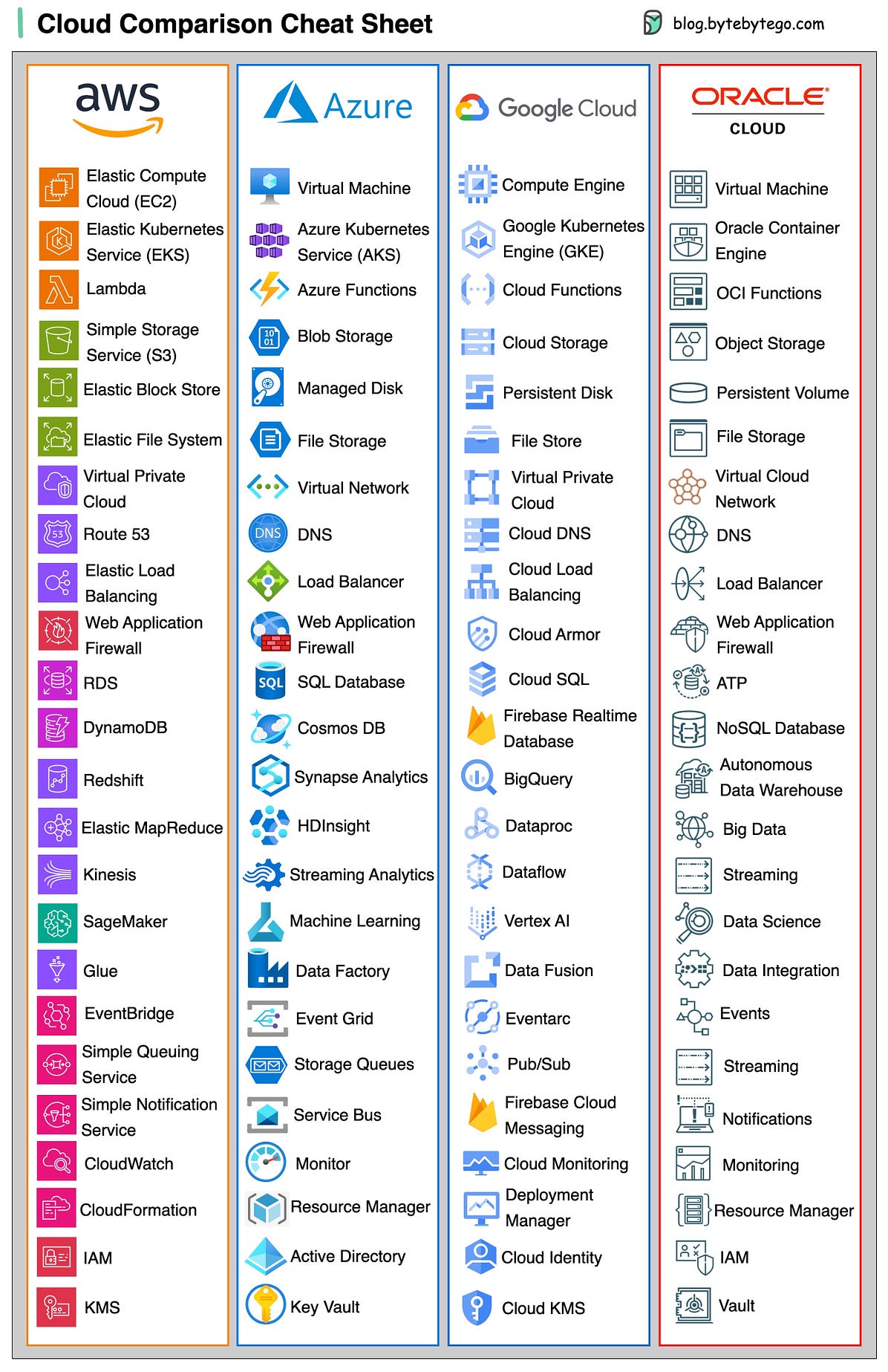
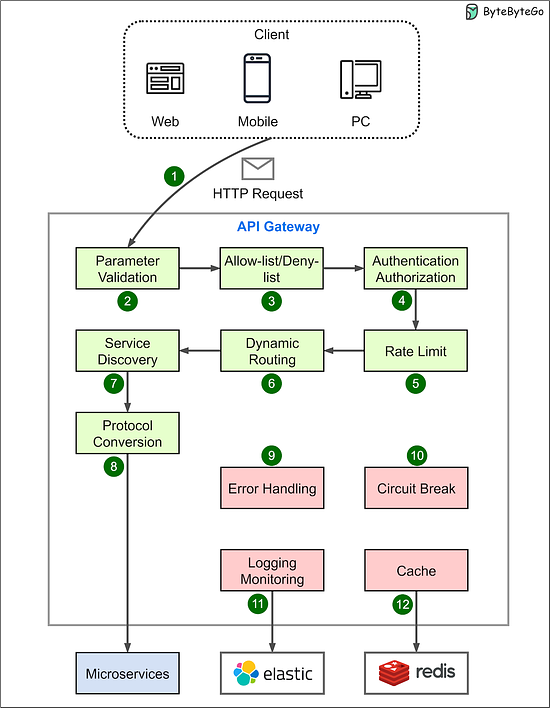
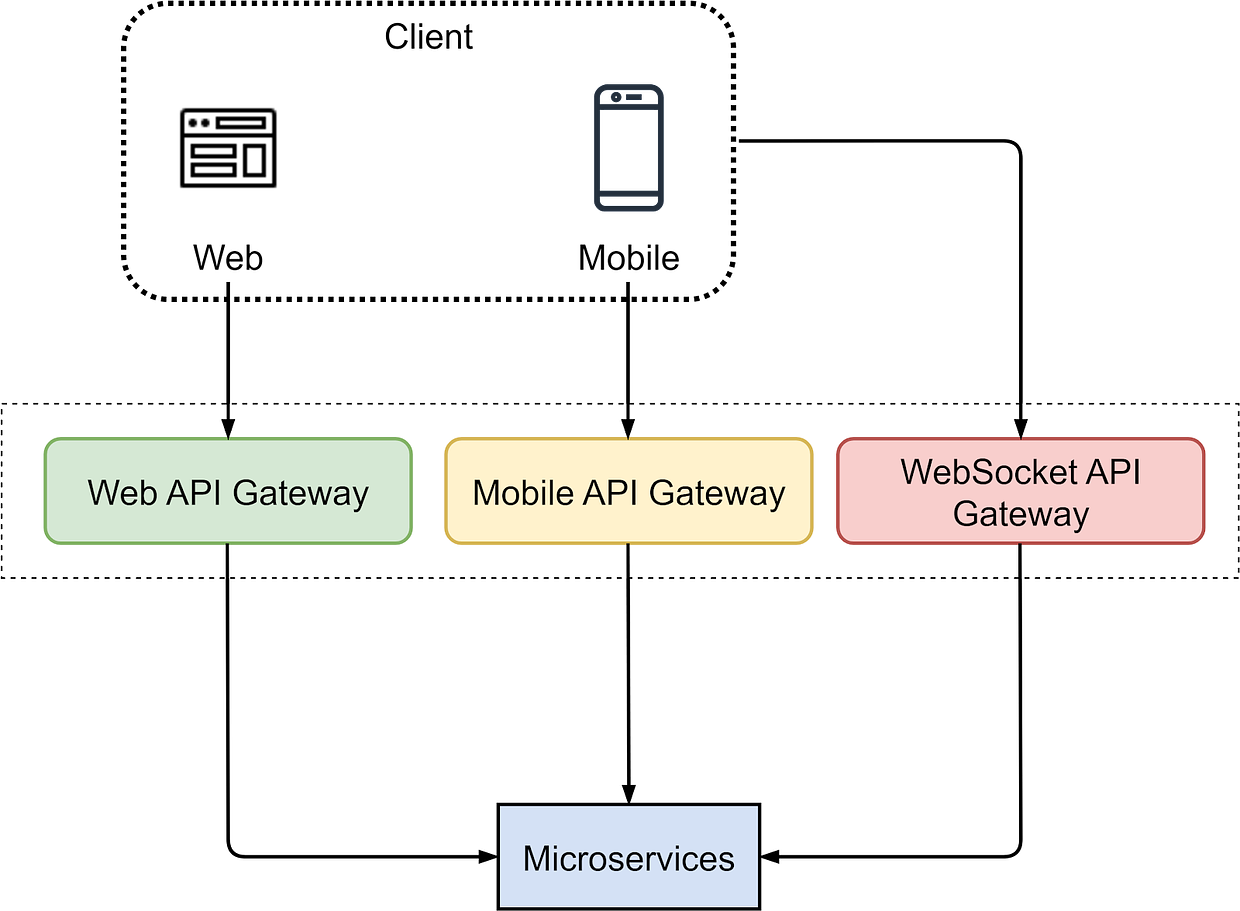
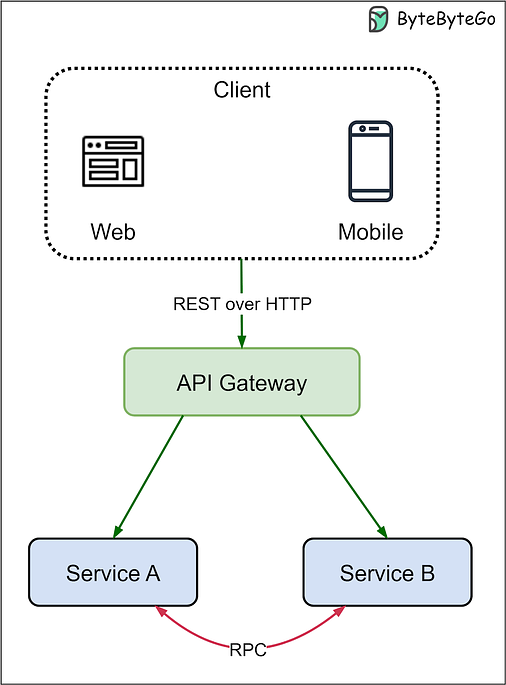

















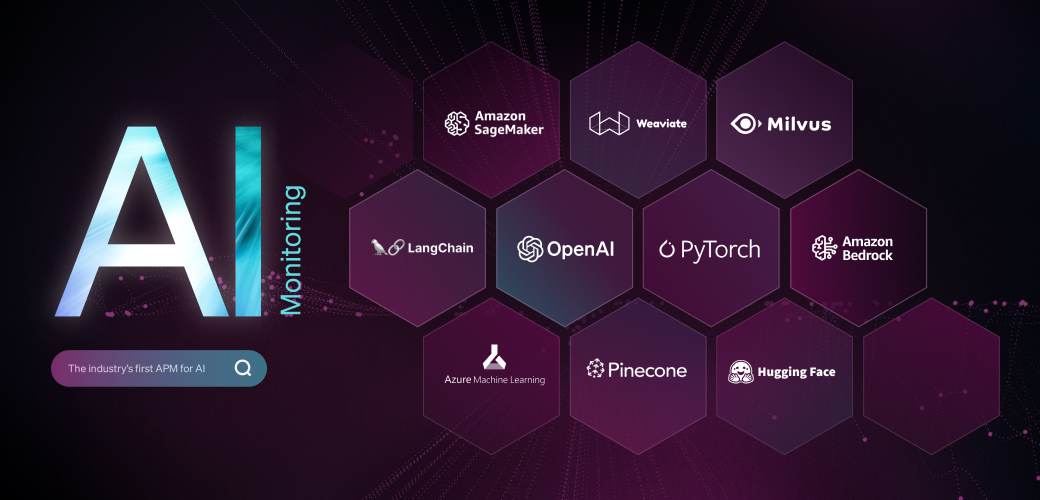
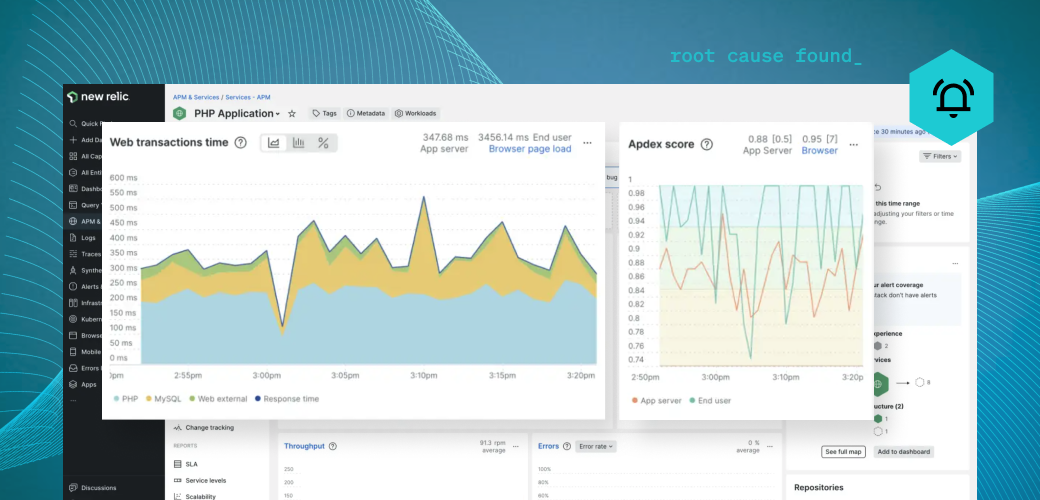
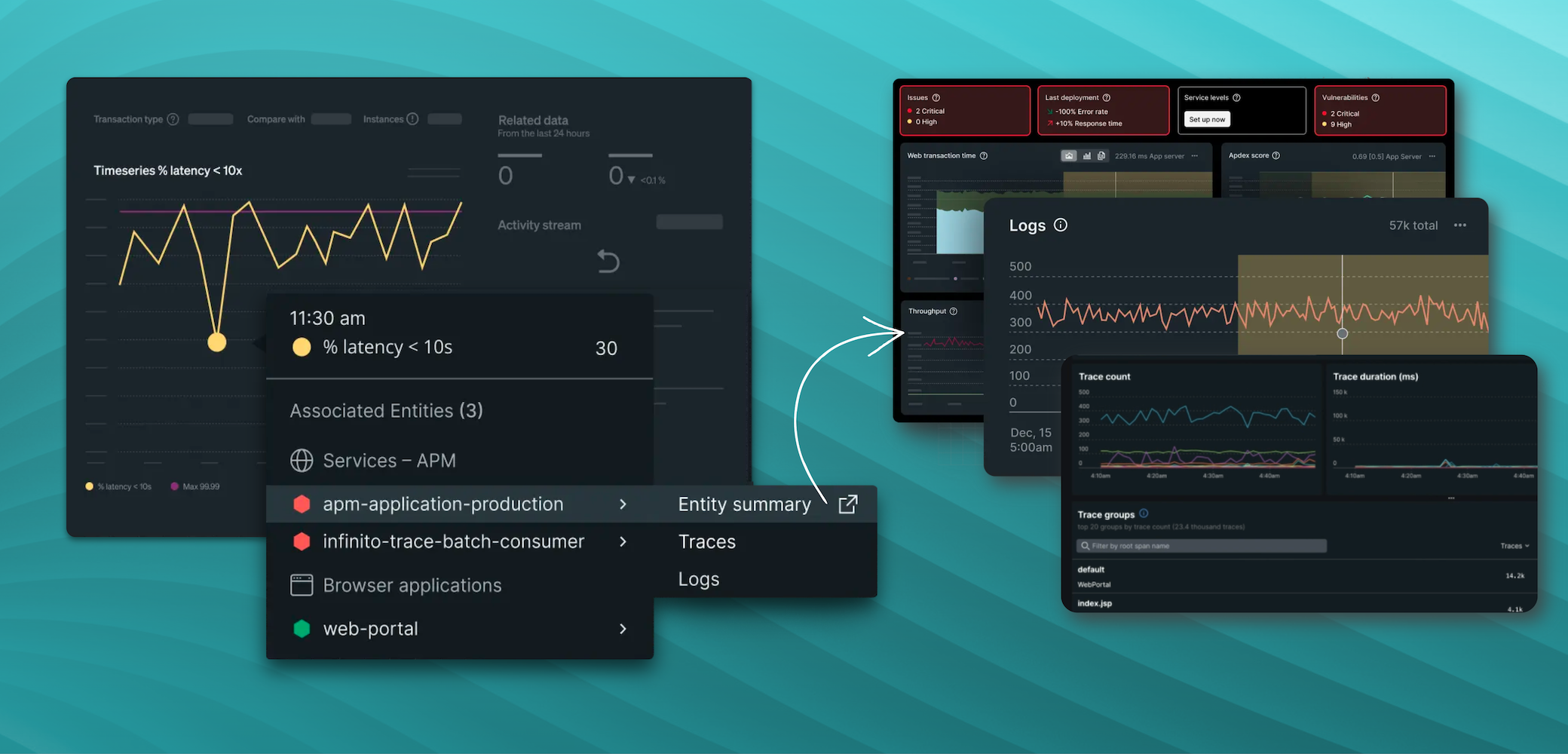



















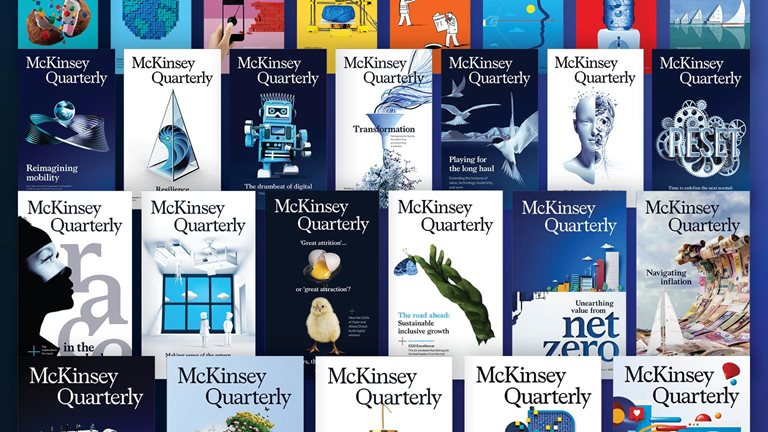







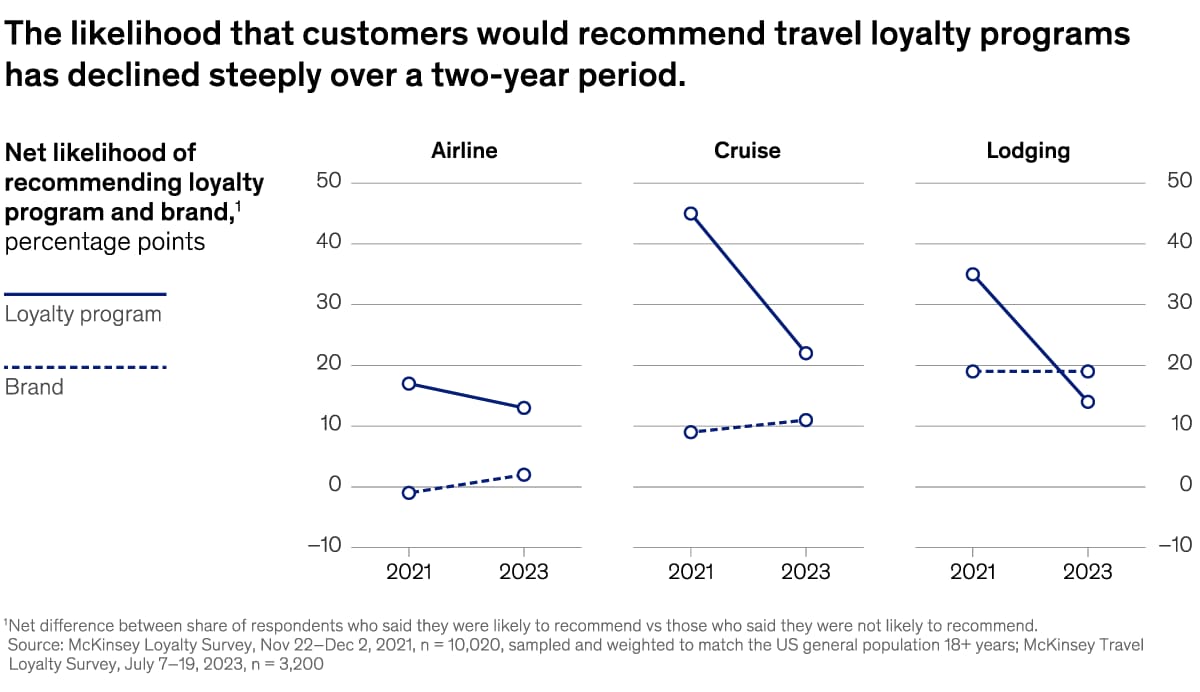




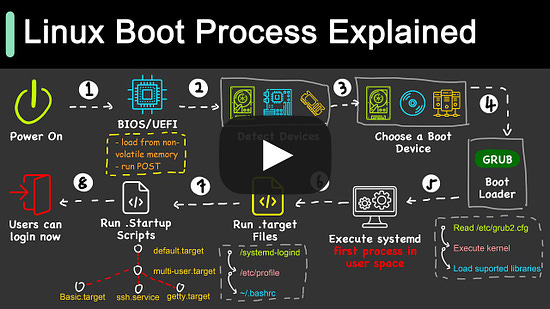
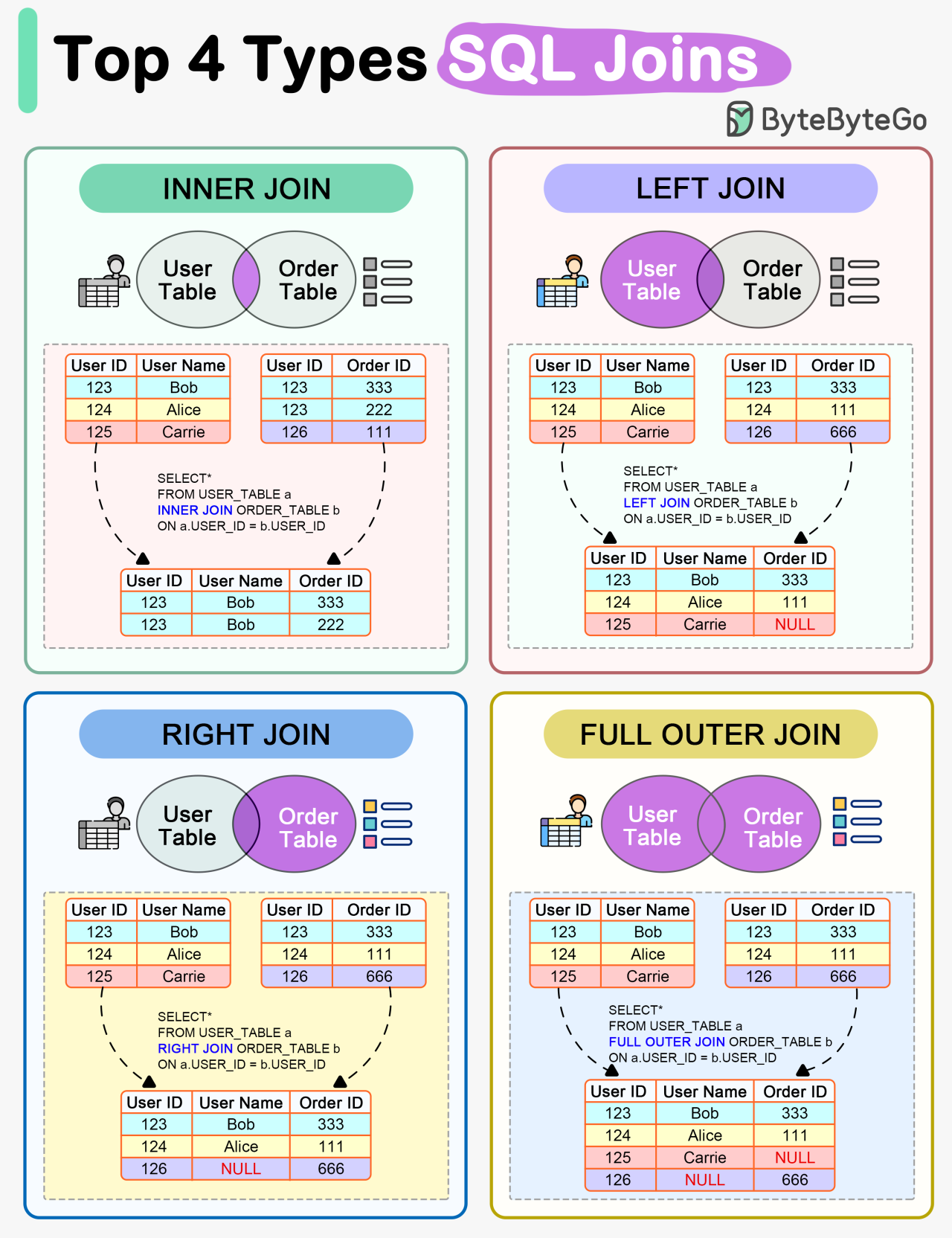

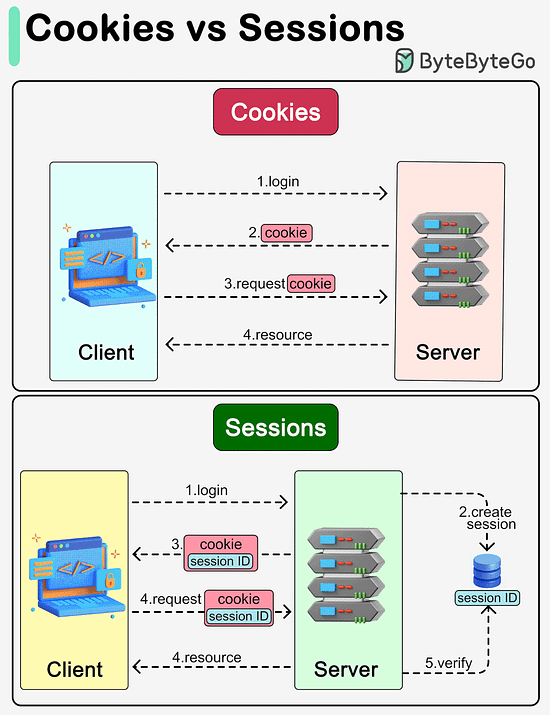
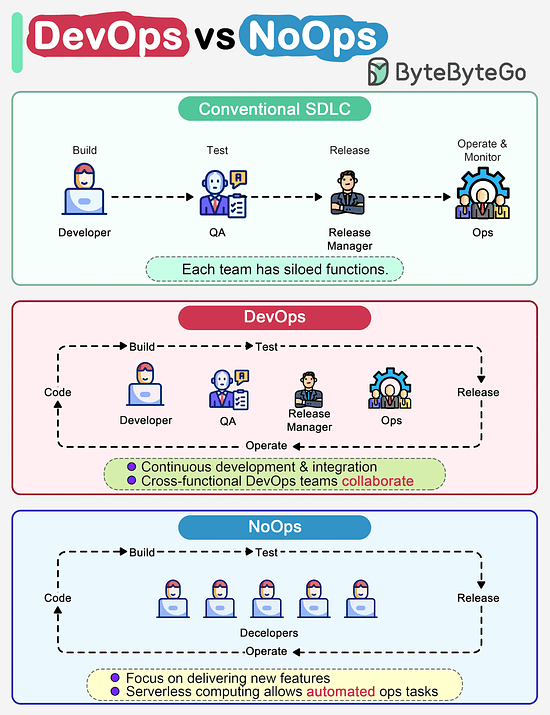












.png?width=1200&upscale=true&name=School%20bus%20drive%20app%20(1).png)
